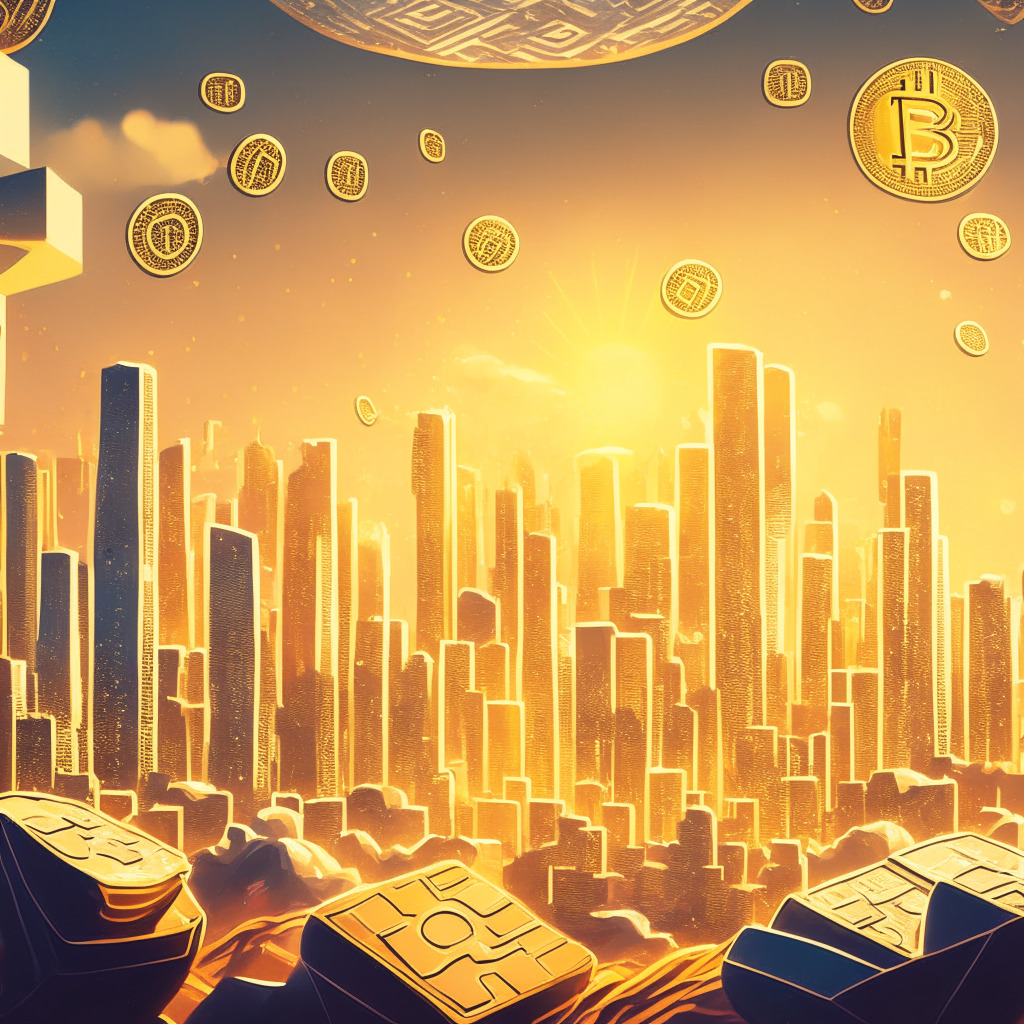This week was active for tokenized real-world assets (RWAs). It marks a global trend, touring the blockchain community around the world. Let’s take a closer look at the detail, putting special focus on the interesting developments.
One of the notable news is the initiative by Avalanche, which encourages financial institutions to test their blockchain services on one of its subnets, competing for a piece of the tokenization pie. This sector is projected to reach a whopping $16 trillion market by 2030, according to Boston Consulting Group. Big players like Ethereum dominate the market, but smaller blockchains such as Stellar, Solana and Polygon are attracting significant shares. While skeptics question whether there is room for smaller players, it’s essential to note Avalanche’s faster transaction and scaling capabilities strategically equipping it for this futuristic fight.
Meanwhile in Colombia, decentralized finance platform Credix tapped into the growing tokenization market. It opened a trade receivables lending pool offering a near 11% annual yield, protected by insurance and backed by receivables. Lenders significantly benefit from the higher yield in comparison to the average 2.6% yield offered by Aave. It seems risk-bearings investors are earning substantial reward.
Simultaneously, in Spain, tokenization marked a new chapter with the issuance of tokens representing equity in a Spanish real estate investment trust, thanks to the country’s new digital asset supervision laws. The tokens are issued via Avalanche, representing equity in Mancipi Partners, governed under the test environment of Spain’s Security Regulator, introducing a new way for businesses to raise capital.
Moving eastwards, Asia is notably taking significant strides towards RWA, with Hong Kong preparing for a larger chunk of the pie. There is a pilot initiative led by the Hong Kong Monetary Authority to explore real estate asset tokenization solutions which can result in a more efficient release of equity.
However, it is not just about RWAs. Non-fungible tokens (NFTs) are also in play, with developments in the UK suggesting it could become an NFT hub. A recent Law Commissioner’s report aims at bolstering the NFT ecosystem by providing a robust legal infrastructure. One could consider this as an assurance of greater security for NFT transactions, a comforting nod for participants cautious about the legal risks.
Lastly, our attention veers towards France, where a digital-asset service provider license was issued to Société Générale Forge. The license gives the bank’s blockchain unit a panoramic authority to act as a custodian for digital assets, showcasing France’s readiness to embrace the digital asset shift.
As global asset value soars, traditional finance is eyeing the potential of RWAs on-chain, as introduced by Binance’s researched article. Though RWAs form less than 1.8% of the climb, this depiction seems to seep through the surface of global asset value, signaling massive space for further growth.
Keenly, the world is not just observing, but actively participating in the surge of blockchain adoption, creating vast opportunities for big, small, and even novice investors. The transformation of traditional assets into RWAs is a notable leap, that not only presents potential growth but also encourages inclusivity by enabling small-scale participation.
Source: Coindesk




